It’s a bird… it’s a plane… it’s—oh wait, it actually is just a plane. A War Thunder plane. There are way too many of these bad boys littering the skies, and only a few of them actually deserve your attention. Here are the 10 best planes in War Thunder.
The 10 best planes in War Thunder
Ho 229 V3

In the realm of fighter planes, maneuverability and mobility often take precedence over firepower and protection, particularly for skilled players aiming to execute ace moves and dominate the skies. The Ho 229 V3, an Axis German plane, facilitates such feats more effectively than usual.
This German aircraft earns high marks and presents a futuristic aesthetic despite its roots in World War II. As the first jet in the Luftwaffe tech tree, the Ho 229 V3 embraces its experimental nature, resulting in lighter armament compared to most aircraft. That said, it compensates for this by showcasing exceptional speed and evasiveness, amplifying its effectiveness in dogfights. Moreover, the plane’s distinctive design adds an intimidation factor to its overall appeal.
B-29A-BN Superfortress

Earning its moniker, “the Superfortress,” this colossal aircraft hailing from the U.S. is rightfully regarded as one of the most powerful bombers in War Thunder. Its sole purpose is clear—to unleash massive payloads upon the battlefield from lofty heights. Armed with an astounding 18 bombs and equipped with two Browning heavy machine guns, it essentially embodies a flying fortress.
Having said that, the Superfortress, owing to its immense size, does come with limitations in maneuverability. Its substantial footprint in the skies renders it a conspicuous target for both enemy aviators and ground forces. Yet, once it ascends to a favorable altitude, it becomes a veritable force to be reckoned with, capable of raining down hellfire upon its targets like no other.
Sea Hawk FGA.6

The name “Sea Hawk” for this aircraft was aptly chosen, reflecting its primary deployment for sea-based operations. First seeing action toward the end of World War II, the Sea Hawk holds the distinction of being one of the earliest British fighter jets and remains among the standout aircraft in War Thunder.
With a formidable battle rating of 8.0, the Sea Hawk is a versatile aircraft that fulfills various roles, ranging from fighter craft to ground support. Its exceptional maneuverability is a key attribute that contributes to its multifunctional capabilities. Notably, the aircraft’s effective brakes enable rapid deceleration, allowing for precise targeting and ensuring smoother actions, particularly at lower altitudes near the sea.
G.56

Hailing from Italy, the G.56 asserts itself as one of the premier mid-tier aircraft in War Thunder, earning a fervent following and instilling fear in those who face it.
Fueled by the potent combination of a robust DB 603 engine and a lightweight frame, the G.56 stands out in prolonged aerial engagements, particularly in the mid-to-high altitudes. Its design facilitates the easy setup of artillery, enabling swift and effective attacks, while its substantial ammo capacity ensures prolonged sustainability in dogfights.
To maximize the strengths of the G.56, it is advisable to fly at higher altitudes, capitalizing on its superior performance in those conditions.
Spitfire F Mk 24

An iconic and instantly recognizable classic of the RAF, the greatest strength of this British fighter lies in its exceptional speed. Fitted with a Rolls-Royce Griffon engine, the Spitfire not only exhibits incredible agility and swift altitude climbing but also brings a touch of style to the battlefield, making it a challenging adversary for opposing planes. Its high acceleration makes it well-suited for booming and zooming tactics—diving on opponents from high altitude, unleashing firepower, and then climbing back to safety.
To fully capitalize on the Spitfire’s capabilities, it’s advisable to stick to high altitudes where the power of its engine can be leveraged, and maintaining speed becomes paramount. Slowing down compromises its formidable turning speed and roll rate, exposing it to the superior firepower of other aircraft.
F-4C Phantom II

Elevating armaments and flight performance to a whole new level, the F-4C Phantom II emerges as a formidable contender among the top aircraft on this list.
Despite its large and bulky structure, the Phantom II maintains impressive speeds and roll rates, surpassing smaller planes in both top speed and acceleration. Notably, its roll speed, a crucial aspect for larger aircraft, facilitates efficient power climbing.
What truly sets this American plane apart is its diverse array of armament options. From the GAU-4 Cannon to its 4X AIM-9E Sidewinder missiles and 4X AIM-7D Sparrow missiles, the F-4C Phantom II offers unparalleled flexibility, allowing pilots to customize their ordnance combinations to suit specific mission requirements. Additionally, the inclusion of the M61 Vulcan adds an excellent and powerful attacking option to its arsenal.
For pilots favoring a rush-and-kill playstyle, the F-4C Phantom II may not be the optimal choice despite its impressive weaponry. The aircraft’s substantial size makes it an easier target, emphasizing the need for strategic movements and well-timed attacks to ensure success. The key to mastering this fighter plane lies in striking a balance between speed, restraint, and precise timing.
Yak-3P
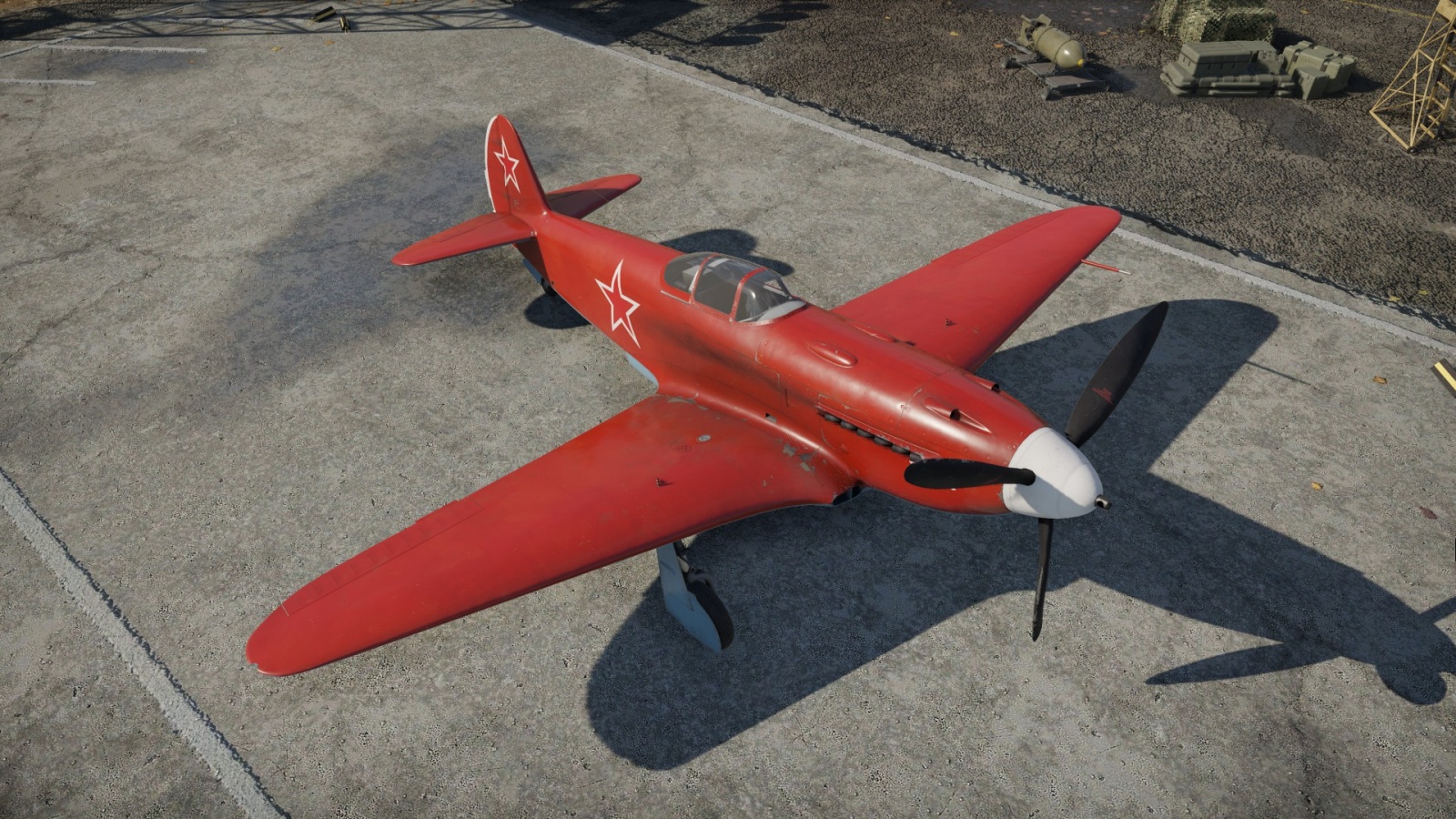
The Yak-3P emerges as a standout among low-tier fighters, facing minimal competition in its class. Armed with three 20mm nose-mounted machine guns, this Russian aircraft possesses the firepower to effortlessly shred through the sides of any opposing aircraft. Its exceptional acceleration and impressive energy retention set it apart, enabling maneuvers that outshine those of its British and American counterparts. Soar above your enemies, execute precise dives, make generous turns to evade fire, and approach targets at strategic angles to conserve your limited ammunition.
Not only is the Yak-3p functionally outstanding, it also looks spectacular as well, so you get the cool factor, too. Despite its eye-catching appearance, however, the true appeal lies in the Yak-3P’s bare-knuckled statistics and its unmatched performance in the skies.
That said, the Yak-3P has a notable Achilles’ heel—its fragility. Susceptible to catching fire easily and vulnerable to the potent cannons of Spitfires, it demands caution when plunging headfirst into the midst of combat. While adrenaline junkies may be tempted to perform daring maneuvers at high speeds, this can result in the wings being torn apart, and the engine is prone to overheating.
F-86F-2
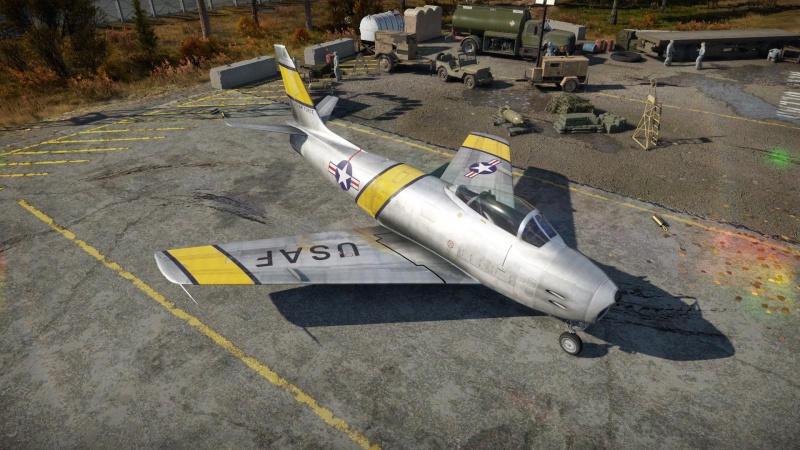
The F-86F-2 embodies the very characteristics that rushers and fast-paced players dream of—qualities notably absent in the F-4C Phantom II. As an American Sabre aircraft, it offers extraordinary attacking features coupled with outstanding mobility. The aircraft boasts remarkable speed, impressive roll speeds, and turn speeds in both Arcade (AB) and Realistic (RB) modes.
At the forefront of its attacking prowess are the T-160 cannons and Browning machine guns, a lethal combination capable of utterly demolishing enemy planes. The synergy between splendid firing rates and significant damage levels makes these weapons a force to be reckoned with.
The T-160 cannons excel in precision targeting, complemented by the machine guns’ prowess in ammunition capacity and resistance to overheating. The structural design of the F-86F-2 enhances aiming ease, making it one of the more maneuverable planes in War Thunder.
It’s important to note, however, that unlocking the maximum potential of this aircraft requires good trigger discipline to prevent weaponry from jamming during intense enemy attacks. Mastery of this skill will undoubtedly take some practice and dedication to perfect.
MiG-29

The renowned MiG-29, a formidable Rank VIII Soviet fighter jet, is a crucial inclusion. Armed with highly effective and swift R-27ER missiles, an upgraded radar system, and powerful 30-millimeter guns, this jet stands out for its prowess at distances of five kilometers and below.
Leverage the MiG-29’s top speed, exceptional maneuverability, and advanced radar system to your advantage. But you should exercise caution regarding its G-force limitations when evading enemy missiles. Additionally, be mindful of the constraints of infrared (IR) missiles and the radar’s reliability against long-range or low-altitude adversaries.
Notably, the MiG-29 excels in its top speed, particularly in straight-line trajectories. While its handling may present challenges, this becomes less of a concern during bombing runs, where straight-line speed takes precedence over intricate maneuverability.
EC-665 Tiger HAP
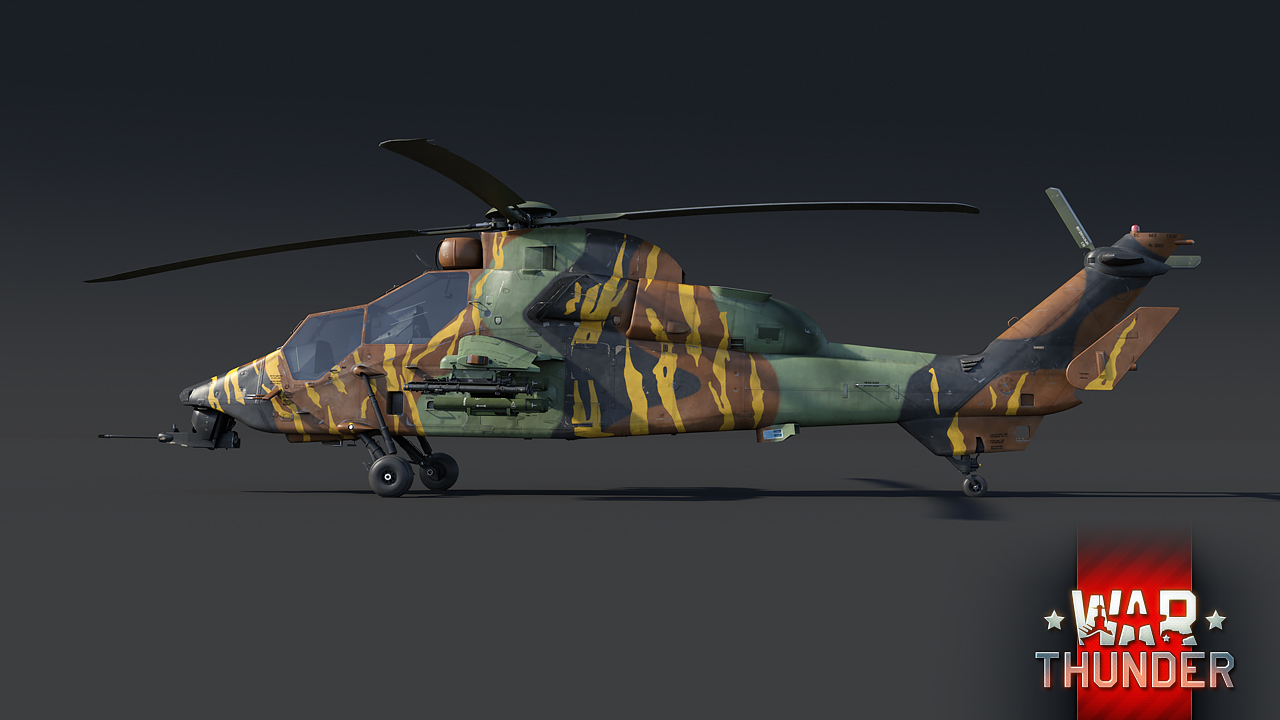
Making a surprising entry on this list, the EC-665 Tiger HAP may not be a plane, but its exceptional performance merits its inclusion.
As a Rank VI French attack helicopter, the Eurocopter 665 Tiger HAP stands out as a versatile aircraft. Initially removed from the game’s store, it later made a comeback after undergoing several updates, solidifying its status as a well-rounded helicopter and a worthwhile investment for later tiers.
While helicopters might not be everyone’s preferred aircraft due to their relatively slower pace compared to planes, they excel at providing crucial air support for ground forces. The EC-665 Tiger HAP, in particular, distinguishes itself by being adept at taking down enemy aircraft and tanks. With a maximum speed of 300 km/h, the capability to carry 450 rounds, and a rapid fire rate of 720 shots per minute, this attack helicopter showcases remarkable firepower.
But, given its versatile role, successfully maneuvering the EC-665 Tiger HAP around the battlefield and evading enemy attacks has a high skill ceiling. Despite the challenges, its ability to contribute to both air and ground combat makes it a valuable asset for those who master its capabilities.


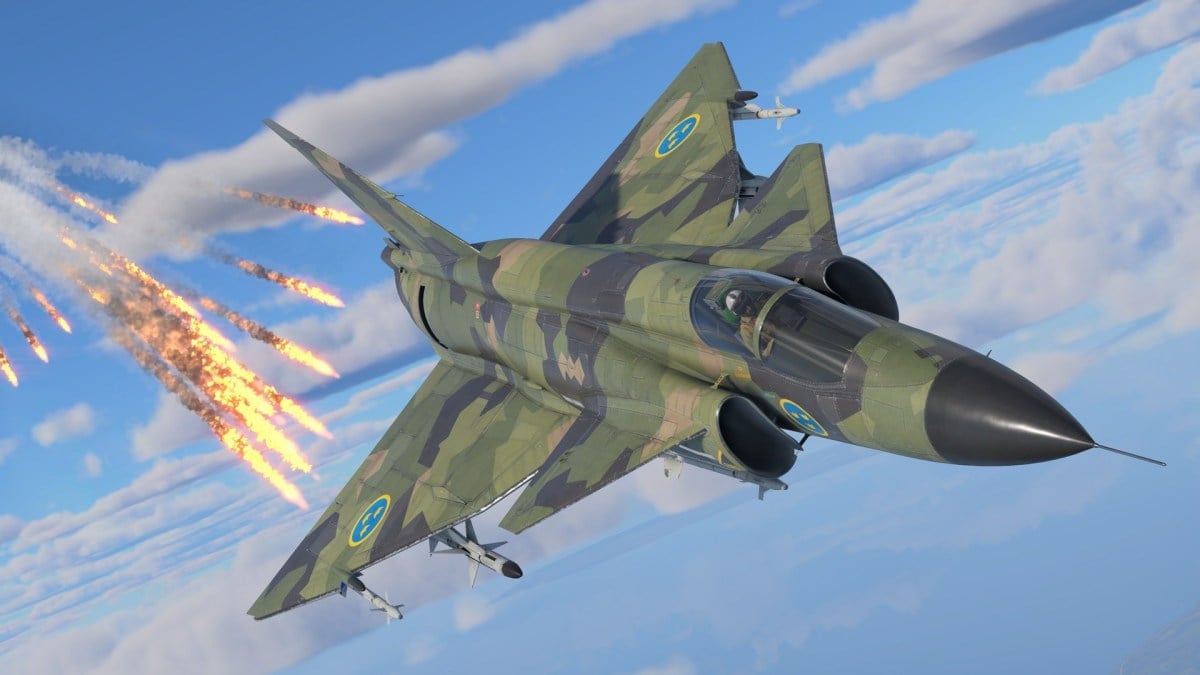


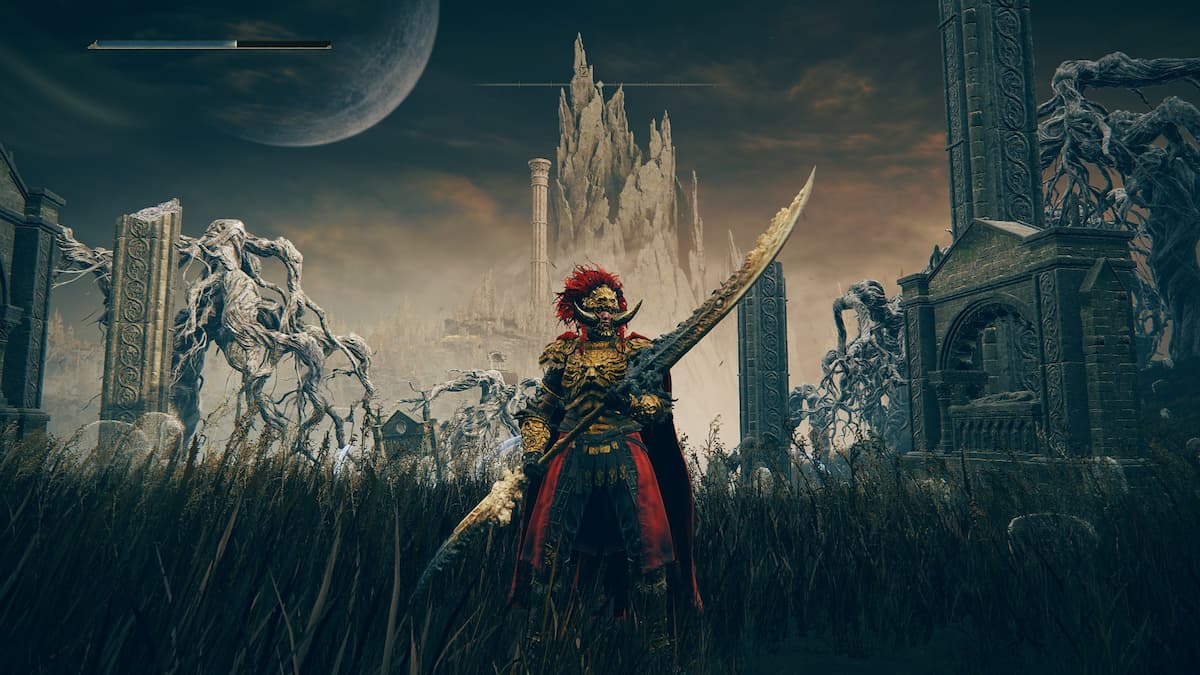
Published: Jan 18, 2024 07:20 am